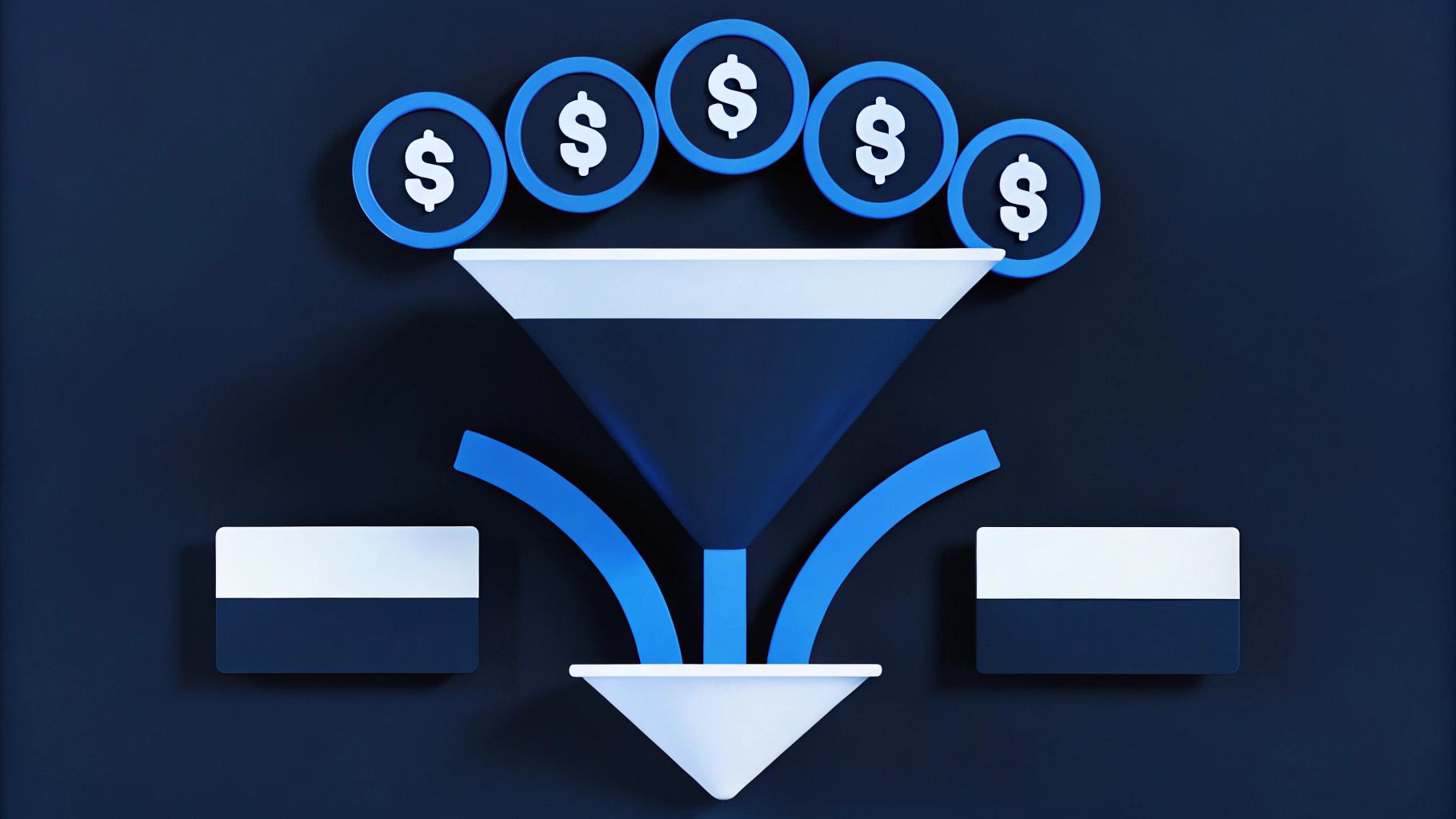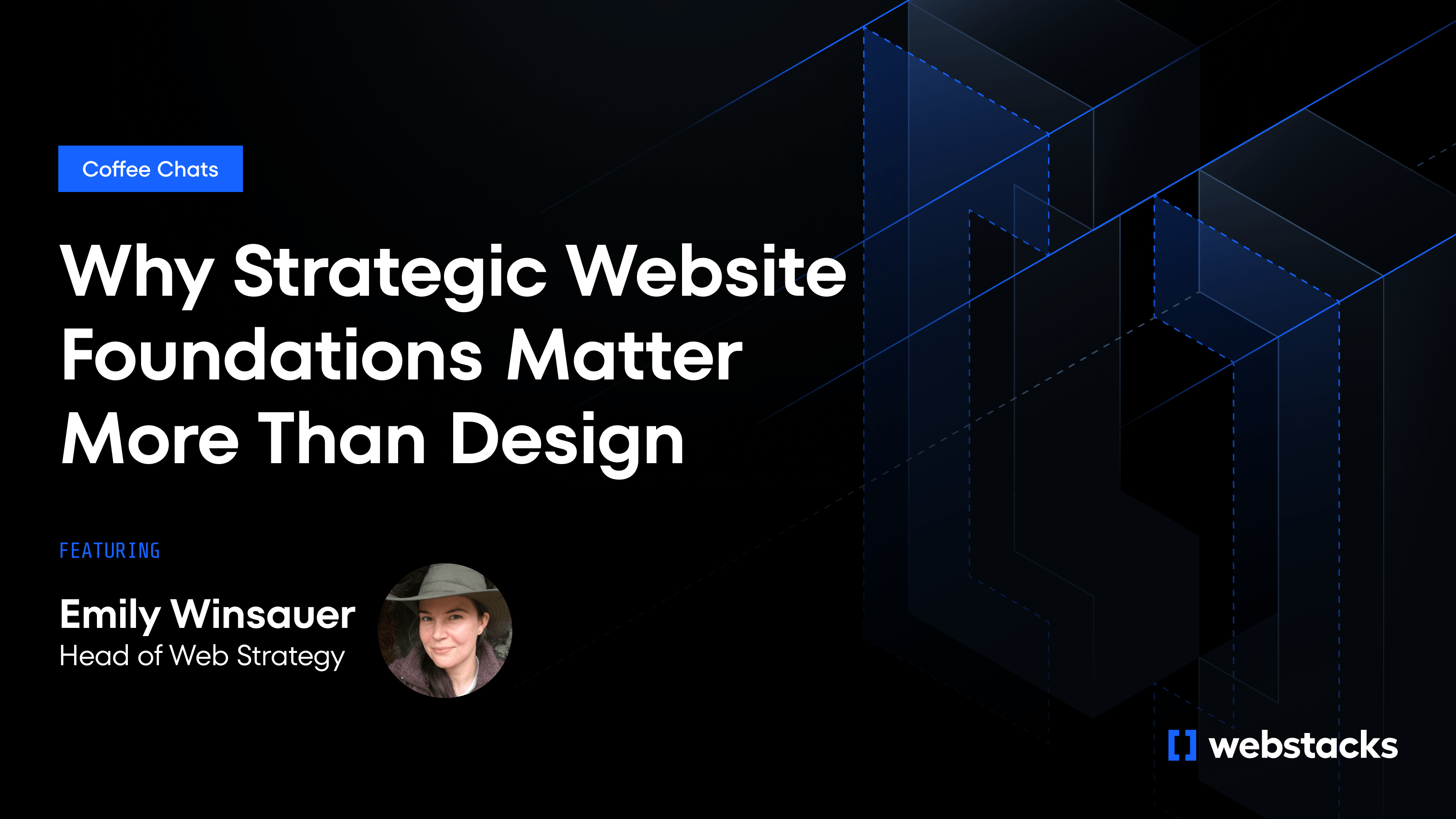Marketing budgets can be tough to get right. You’re trying to grow fast, build your brand, and keep customer acquisition costs under control, all while managing your team, tools, and a website that’s never quite finished.
There are plenty of stats out there on how much SaaS companies should spend, but those numbers don’t mean much if they don’t match your stage or goals.
Most teams aren’t overspending anyway. They just spread their budget too thin or wait too long to invest in what works.
This guide shows what smart SaaS budgeting looks like. You’ll see how high-growth teams approach spending, where the money goes, and why your website should be a part of the plan from the start.

How SaaS Budgeting Is Different From Traditional Marketing Planning
SaaS companies don’t grow like traditional businesses. With subscriptions, long sales funnels, and multiple teams involved in the customer journey, marketing has to support a lot more than lead gen.
You’re often building awareness, educating buyers, and helping sales—all at the same time. That takes a flexible budget setup, especially when priorities shift quickly and teams are already stretched.
For example, a Series A team might run paid ads to drive demos while also investing in content to lower CAC over time. They may also be updating their website to support more products, improve conversions, and make publishing easier.
You don’t have to spend more. You just need to spend in ways that reduce friction and keep things moving.
At Webstacks, we see it all the time. Growth teams know what they want to launch, but their CMS or dev pipeline slows things down. Marketing is ready to move, but can’t ship without help from engineering. Budgeting for speed, whether through tools, modular design, or better workflows, can make a big difference.
When teams plan around real blockers and near-term goals, they move faster and scale with less waste.
How Much Should You Spend? (Benchmarks by Stage)
How much a SaaS company spends on marketing depends on its stage, growth goals, and funding. Here’s a general idea of what the numbers usually look like:
- Seed to Series A: Early-stage companies often spend 10 to 40% of their revenue on marketing. The focus is on getting noticed and figuring out what works.
- Series B to Series C: Budgets usually land around 15 to 30% of revenue. At this point, teams are building the brand, producing more content, and starting to track performance more closely.
- Series D and beyond: Once a company is more established, marketing spend tends to drop to 6 to 15% of revenue. The focus shifts to running efficiently and keeping customers around.
Note: these percentages are general guidelines and can vary based on specific company circumstances, market conditions, and strategic priorities.
What Should You Spend On?
Once you’ve set your overall marketing budget, the next step is figuring out where the money goes. That depends on your goals, but most SaaS teams invest in a few areas:
Brand and Creative
This covers your messaging, positioning, and visual identity. It’s everything that helps your company stand out and connect with your audience.
If you're rebranding or entering a new market, this often takes up a bigger portion of the budget. It includes:
- Updating the website
- Creating new assets
- Improving how your brand shows up across channels
Paid Acquisition
Search ads, paid social, and ABM campaigns often take a large share of the budget, especially when you need short-term results or are targeting a new market. The goal here is to spend efficiently.
High-growth SaaS companies often use paid campaigns to test messaging quickly, then double down on what performs best.
Content and SEO
Blog posts, guides, landing pages, and answer-optimized content help you get discovered earlier in the buyer journey. When paired with a fast, SEO-friendly website, this type of content keeps working over time.
Website Infrastructure
A hard-to-update website will waste your time and budget just by trying to launch new campaigns.
Investing in a flexible CMS, reusable components, and strong performance gives your team more control and better results. Many teams that work with Webstacks shift part of their budget here to unlock growth across the rest of their channels.
Tools and Ops
The right tools include:
- CRM
- Attribution platforms
- Analytics
- CMS
- Automation tools
The goal is to clearly see what’s working and easily adjust when something’s not.
Partnerships and Events
Co-marketing, sponsorships, conferences, and community events can be smart investments, especially for SaaS companies in niche or B2B markets. These channels often take more time to show results, but they can build trust and visibility fast.
Strong budgets don’t treat these areas as separate. They work together, and your website sits at the center of all of them.
How to Tie Budget to Growth Goals
Once you set a budget, make sure it drives actual growth.
The most effective SaaS teams plan budgets by channel and also connect spend to business goals. That might be hitting a pipeline number, speeding up expansion, or improving retention.
Start With Your Funnel Priorities
If your goal is top-of-funnel growth, you’ll likely put more behind brand campaigns, paid acquisition, and content distribution. If you're focused on conversion or expansion, you may shift budget toward CRO, website improvements, and lifecycle campaigns.
The point is to fund what matters most right now, not just what’s always been on the spreadsheet.
Align With OKRs, Not Just Tactics
When your budget lines up with your quarterly or annual goals, it’s easier to see what’s working and adjust along the way.
Let’s say one of your goals is to lower CAC by 20%. Your budget should support efficient channels, faster testing, and tools that help you track where results are coming from.
Build Flexibility Into Your Plan
Growth isn’t always predictable. Leave room to shift dollars between campaigns, tools, or hires as the quarter unfolds.
This is where agile budgeting helps. You can increase paid spend during a product launch or redirect funds toward your website if traffic is growing but conversions are flat.
Use Your Website as a Growth Lever
Your site is the engine behind everything you do. If it’s slow to update or hard to test on, it’ll drag down every campaign that touches it.
That’s why many SaaS teams work with Webstacks to treat the site like a product. With modular components, CMS workflows, and fast load speeds, marketers can launch faster and optimize without waiting on dev.

Common Triggers for Rebudgeting in SaaS
Here are a few moments where to rethink spend:
- You’re rebranding or repositioning: When your story changes, your marketing needs to catch up. That usually means updated messaging, new creative, and a refreshed website that reflects the brand you’re becoming, not the one you were. See how ServiceTitan scaled their brand.
- You’re launching a new product or feature: Big launches need focused campaigns and enough budget to do them right. That might mean hiring outside help, building out microsites, or increasing spend across multiple channels at once.
- You’re entering a new market or audience segment: Breaking into a new region or vertical often means higher upfront costs. You’ll need research, localization, and additional performance spend to get traction.
- Your funnel’s underperforming: If conversion rates are dropping or paid CAC is climbing, your current mix may be out of balance. Sometimes, the fix is reallocation. That might include doubling down on SEO, testing new page layouts, or fixing friction on your pricing page.
- You’re migrating or rebuilding your website: Site migrations (especially to a headless CMS) can take a chunk of budget upfront. However, they pay off in speed, control, and performance. If your current site is slowing things down, investing here frees up future campaigns to work harder and faster.
Tools, Templates, and Tech That Make Budgeting Smarter
The right tools and systems help you track spend, adjust quickly, and show what’s driving results.
Use a Budget Template That Matches Your Funnel
SaaS teams need budgeting models that reflect their growth funnel (awareness, acquisition, retention) and show how each line item supports revenue goals.
Segment spend by lifecycle stage, not just by channel. It will give you better visibility and control.
Build a Marketing Ops Stack That Shows ROI
Tracking budget is only useful if you can connect it to outcomes. That’s where a strong martech stack helps. Tools like HubSpot, Salesforce, Attribution App, or Dreamdata can show what’s working across campaigns.
Pair that with a CMS like Contentful or Sanity, and your team can actually act on the data.
Make Spend Adjustments Easy, Not Painful
If it takes two weeks and five approvals just to shift part of your budget, that’s a problem.
SaaS marketing moves fast, so you need to be able to adjust based on what’s working now, not what worked last quarter.
That kind of flexibility usually starts with your site. When marketers can update pages, test ideas, and launch campaigns without waiting on developers, the whole process gets easier. Things move faster. You get more out of every dollar.
At Webstacks, we help SaaS companies build websites that make that possible, and give marketing teams control, speed, and room to grow.




